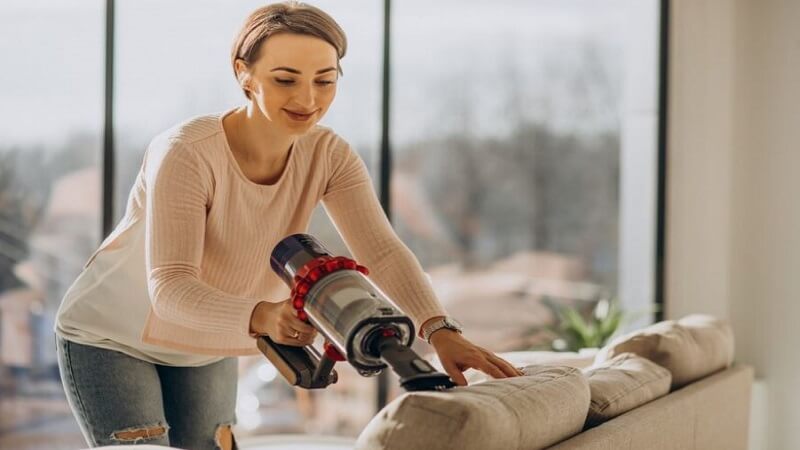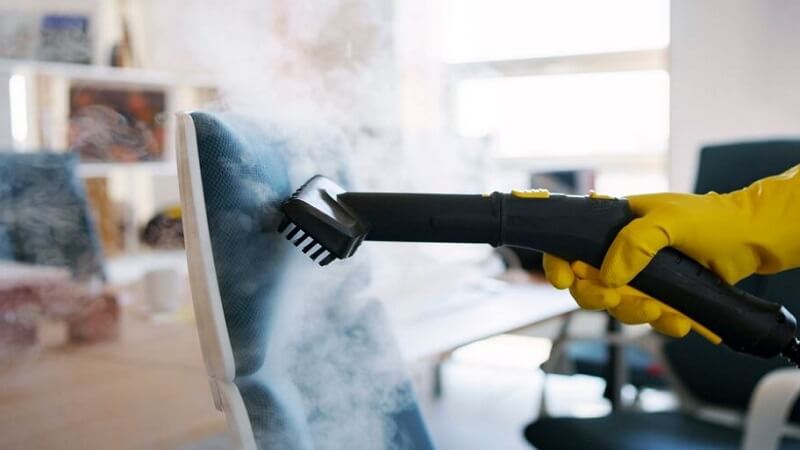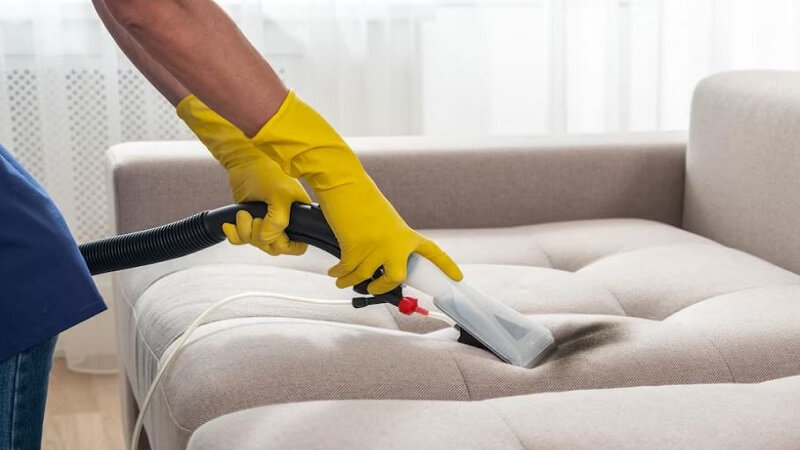When incorporating used furniture into your home, one of the primary concerns is the potential for bed bugs. These tiny pests can cause discomfort, stress, and even allergic reactions. To ensure a healthy, bed-bug-free environment, it’s crucial to thoroughly clean and inspect any used furniture before bringing it into your living space. This comprehensive guide will provide you with detailed steps and tips on how to effectively clean used furniture to prevent bed bugs, ensuring your new finds are both charming and pest-free.
Understanding Bed Bugs
Before diving into the cleaning process, it’s essential to understand what bed bugs are and why they’re attracted to furniture. Bed bugs are small, nocturnal insects that feed on human blood. They are adept at hiding in small crevices, making used furniture a perfect hiding spot. Knowing what to look for is the first step in prevention.
Identification
Bed bugs are about the size of an apple seed, reddish-brown in color, and have flat, oval bodies. They tend to hide in dark, secluded areas. When inspecting furniture, look for live bugs, rust-colored stains (from their droppings), tiny eggs, or shed skins.
Pre-Cleaning Inspection
Visual Inspection
Start with a thorough visual inspection of the furniture, using a flashlight to check for signs of bed bugs in cracks, crevices, seams, and underneath the furniture. Pay special attention to upholstered furniture, as these provide ideal hiding spots for bed bugs.
Using Tools
A magnifying glass can help identify more minor signs of infestation. Additionally, using a credit card or a putty knife to run along seams and crevices can help flush out any hiding bed bugs.
Cleaning Process
The cleaning process varies depending on the type of furniture. However, general steps can be applied to most pieces.
1. Vacuuming

Vacuuming is a practical first step in removing bed bugs and their eggs. Use a vacuum cleaner with a hose attachment to thoroughly vacuum all surfaces of the furniture, including seams, folds, and crevices. Dispose of the vacuum bag or empty the canister immediately into a sealed plastic bag to prevent the bugs from escaping.
2. Steam Cleaning

Heat is lethal to bed bugs. A steam cleaner that reaches temperatures above 120°F (48°C) can kill bed bugs and their eggs on contact. Steam clean all parts of the furniture, moving slowly to ensure each section is heated sufficiently.
3. Washing and Drying
For removable fabric covers, wash them in hot water and dry them on the highest heat setting. Heat treatment is one of the most effective ways to kill bed bugs.
4. Chemical Treatments
There are specific insecticides designed to kill bed bugs. However, use these with caution and always follow the manufacturer’s instructions. It’s advisable to use products that are specifically labeled for use against bed bugs and are safe for indoor use.
5. Natural Alternatives
For those who prefer non-chemical methods, diatomaceous earth can be an effective deterrent. It’s a powder made from the fossilized remains of tiny aquatic organisms. When applied around the furniture, it can dehydrate and kill bed bugs. However, it’s a slower method compared to heat treatment and insecticides.
Post-Cleaning Care
After cleaning, encase mattresses and box springs in the bed with bug-proof covers. These covers can trap any remaining bugs inside, where they will eventually die, and prevent new bugs from entering.
Prevention Tips
Preventing future infestations is just as important as the initial cleaning. Here are some tips to keep your home bed bug-free:
- Regularly inspect and vacuum furniture, especially after hosting guests or acquiring used furniture.
- Use protective covers on mattresses and box springs.
- Reduce clutter to minimize hiding spots for bed bugs.
- Be cautious when acquiring used furniture. Inspect thoroughly before bringing items into your home.
Professional Help
If you suspect a severe infestation or if the above steps do not alleviate the problem, it may be time to call in professional pest control. They can offer more potent solutions and ensure that the infestation is thoroughly eradicated.
Conclusion
Cleaning used furniture to prevent bed bugs requires diligence and attention to detail. By following the steps outlined in this guide, you can enjoy your second-hand finds without the worry of unwanted pests. Remember, prevention is critical to maintaining a bed bug-free home, so regular inspection and cleaning are crucial. With the right approach, you can protect your home and family from these pesky invaders.
